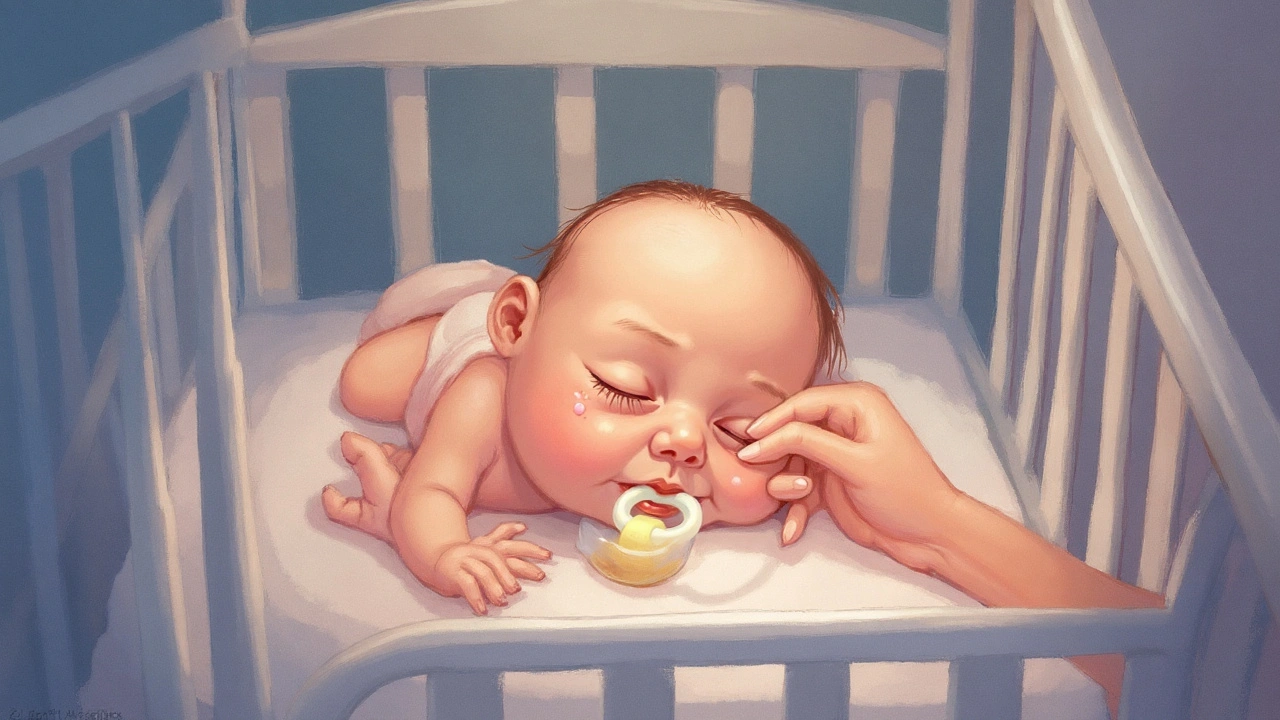Infant Sleep Patterns
When looking at infant sleep patterns, the regular cycles of sleep and wake that babies go through as they grow. Also known as baby sleep cycles, they are shaped by circadian rhythm, the internal 24‑hour clock that aligns sleep with daylight and darkness, influenced by sleep training, methods parents use to help infants fall asleep independently and stay asleep, and supported by a safe sleep environment, a crib setup that follows safety guidelines to lower SIDS risk. These elements together dictate how a baby’s sleep evolves from newborn bursts to longer night stretches.
Key Factors That Drive Baby Rest
The first major factor is the development of the circadian rhythm. Newborns start with irregular sleep‑wake cycles, but exposure to natural light and darkness nudges their internal clock toward a 24‑hour pattern by around three months. Researchers have shown that consistent morning light and dim evenings help the rhythm settle faster, which translates into longer nighttime sleep and fewer wake‑ups.
Second, the way parents approach sleep training, structured routines that teach babies to self‑soothe matters a lot. Methods range from gentle cuddling‑down approaches to more structured “cry‑it‑out” plans. The common thread is a predictable bedtime routine—bath, story, dim lights—that signals it’s time to wind down. Consistency reduces sleep regression episodes that often pop up around developmental milestones.
Third, creating a safe sleep environment, a firm mattress, no loose bedding, and the baby placed on their back isn’t just about safety; it also promotes deeper, uninterrupted sleep. A cool, quiet room with a white‑noise machine can lower awakenings caused by sudden sounds or temperature spikes.
Finally, the day‑time nap schedule feeds back into nighttime quality. Babies need multiple short naps early on, then gradually shift to fewer, longer sleeps. Aligning nap start times with the baby’s natural sleep pressure—when they’re most drowsy—helps prevent overtiredness, which is a major cause of night‑time crying.
All these pieces—circadian rhythm, sleep training, safe sleep environment, and nap schedule—interact like a puzzle. When one piece is out of place, the whole picture can look chaotic. Below you’ll find a curated set of insights, tips, and research‑backed recommendations that dive deeper into each factor, giving you practical tools to smooth out your baby’s sleep journey.
Discover why teething pain can throw your baby's sleep off track, how to spot the signs, and practical tips to soothe your infant for better nights.



